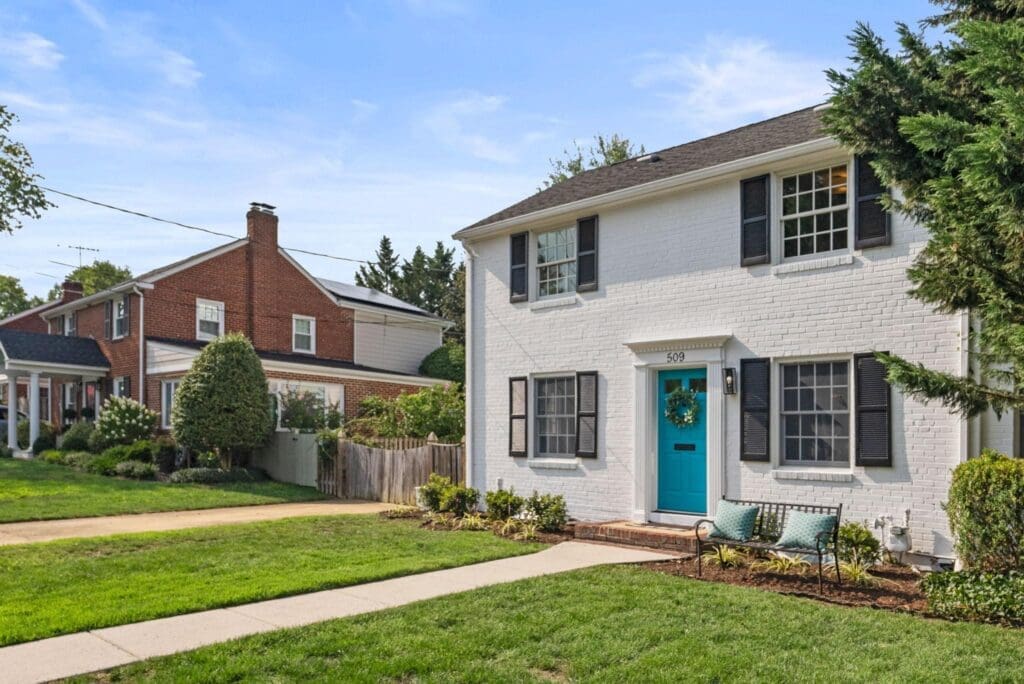WHAT IS RADON and WHY SHOULD I CARE ABOUT IT?
Radon is an odorless, colorless, radioactive gas created naturally by the breakdown of uranium in rocks and soils. Being in the ground, radon gas can enter homes through cracks in the foundation and can create a serious health risk. If radon seeps into a home (particularly in a tightly sealed basement or an area with high concentrations of granite) it can get trapped there, causing radon levels to rise to levels higher than what naturally occurs in the atmosphere. Prolonged exposure to elevated radon levels can cause lung cancer. In fact, radon is the second leading cause of lung cancer (after smoking) and is the leading cause of lung cancer in nonsmokers.
HOW DO I KNOW IF MY HOME HAS ELEVATED RADON?
Testing your home is the only way to know if you and your family are at risk. A good place to start is by checking if your home is in a radon “hot spot,” but even if you’re not it’s a good idea to test as the test is simple, non-invasive, and relatively cheap.
Your home isn’t just a place to rest your head. It’s your sanctuary and a continuous source of pride and joy! The posts below will help you make the most of homeownership:
- How Do I Get Rid of This?
- Local Alexandria Home Stores to Furnish Your New Home
- Homeowner To-Do Checklist
WHERE DO I GET A RADON TEST?
You can check your own radon levels by purchasing a test from home improvement stores or online. Or you can have a professional radon inspector set up a measuring device in your home for about $200. Let us know if you need a recommendation! You’ll want to make sure the professional is certified in radon testing and mitigation. The test takes two days and must take place in the lowest level of your home. While the test is in the house, you must keep windows and doors closed as much as possible. It’s important to note that even if you don’t have a basement, you can still have a radon issue. Because radon levels can change over time, the EPA recommends re-testing your home every 2 years. Winter is the best time to test for radon.
HOW MUCH RADON IS TOO MUCH?
While almost all homes have radon, the official limit for radon is 4 pCi/L or higher. However, if the radon level is measured between 2 and 4 pCi/L (picocuries per liter) or higher, the EPA recommends taking remediation action. The World Health Organization (WHO) recommends remediation at 2.7 pCi/L. It is important to note that if you have a radon contingency (more on this below) only if the radon level is at the official level of 4 pCi/L or higher can a Buyer request remediation or funds.
WHAT DO I DO IF MY HOUSE HAS ELEVATED RADON LEVELS?
Remediation for elevated radon levels is relatively simple and inexpensive, and is highly effective. The EPA suggests remediation systems can reduce radon from anywhere from 50-99%. Price will vary depending on the foundation material of your home (basement, slab, crawl space, etc.) and the home’s size and averages from $1,500-$2,500. Typically, a remediation system involves a pipe that is installed in the foundation floor with a fan inside that runs up along the exterior of the house to above the roof line. The fan pulls the gasses out from under the foundation and vents it through the pipe to the exterior to prevent it from entering and building up inside the home. Other measures can also help to reduce radon, such as sealing cracks in the foundation floor/walls and improving ventilation.
SHOULD I TEST FOR RADON BEFORE BUYING A HOME?
In VA, DC, and MD, the standard sales contracts provide an option to include a radon contingency. If included, the contingency gives the buyer the right to test for radon (at the buyer’s expense) and if the results show elevated levels above the EPA action level of 4 pCi/L, then the buyer can either (a) ask the Seller to install a remediation system and re-test to show it is effective (at Seller’s expense), or (b) ask the Seller to provide a credit to the Buyer to allow the Buyer to have a system installed after they take ownership, or (c) cancel the contract.
However, if you are purchasing a home that is receiving multiple offers, an additional contingency may make your offer less competitive and less appealing to the Seller. Therefore, Buyers may opt not to include the contingency, and do a test themselves after becoming owners of the home.
THE BOTTOM LINE
When you buy a home you should check for radon regardless of whether you had a radon contingency in the contract. It is best practice to test your home for radon in the winter every two years. If you have any questions or would like a recommendation for a radon testing and mitigation professional, please don’t hesitate to reach out!
Contact Us


